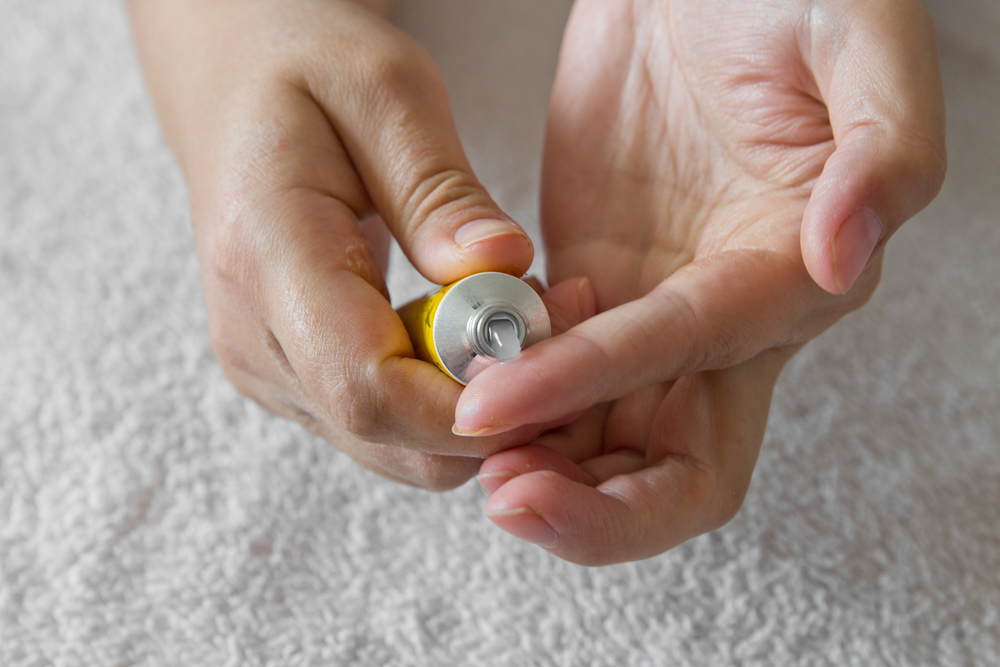Contents:
- Medical Video: Liver Biopsy
- What is a liver biopsy?
- What is a liver biopsy for?
- How is a liver biopsy procedure performed?
- What should you do after you have finished your liver biopsy?
Medical Video: Liver Biopsy
The liver plays many important roles in the body, which produce proteins and enzymes, regulate many important metabolic processes, cleanse contaminants in the blood, fight infections, and store essential vitamins and nutrients. Therefore, if there is a problem with the liver, this can make you seriously ill or even result in death.Liver biopsy is usually recommended when you have liver problems. Here is more information about liver biopsy.
What is a liver biopsy?
Liver biopsy is a medical procedure in which a small portion of liver tissue or cell samples from the liver are removed through small surgery to be analyzed in the laboratory by a pathologist.
What is a liver biopsy for?
Biopsy aims to detect the presence of abnormal cells in the liver, such as tumor tissue or cancer. In addition, biopsies help doctors evaluate the success rate of treatment, such as in cirrhosis and hepatitis. The doctor will also run a biopsy if a blood test or imaging test shows a problem with the liver, or if yousuffer from a fever that is consistent but cannot be explained for certain reasons.
Liver biopsy can also help diagnose or monitor a number of liver disorders, including:
- Alcoholic liver disease
- Autoimmune hepatitis
- Chronic hepatitis (B or C)
- Hemochromatosis (too much iron in the blood)
- Non-alcoholic fatty liver disease (FLD)
- Primary biliary cirrhosis (which causes scarring of the liver)
- Primary sclerosing cholangitis (which affects the liver bile duct)
- Wilson's disease (inherited degenerative liver disease due to excess copper in the body)
How is a liver biopsy procedure performed?
There are three basic types of liver biopsy.
- Percutaneous, also called needle biopsy. In this type, tissue or liver cells are removed by a different needle depending on the type and number of samples needed, with local anesthesia.
- Transjugular. This procedure includes open surgery, or an incision in the skin of the neck. A flexible, thin tube is inserted through the neck jugular vein and enters the liver. This method is used for people who suffer from bleeding disorders, with local anesthesia.
- Laparoscopy. This technique uses a device such as a hose that collects samples through a small incision in the stomach, with general anesthesia.
What should you do after you have finished your liver biopsy?
Once taken, liver tissue samples are sent to the laboratory for examination. This can take up to several weeks. When the results have been obtained, the doctor will contact you or ask you to make a follow-up appointment to notify the results. Once the diagnosis is concluded, the doctor will discuss each recommended treatment plan or the next steps with you.
Consult your doctor further if you are recommended to do a liver biopsy.
Hello Health Group does not provide medical advice, diagnosis or treatment.












